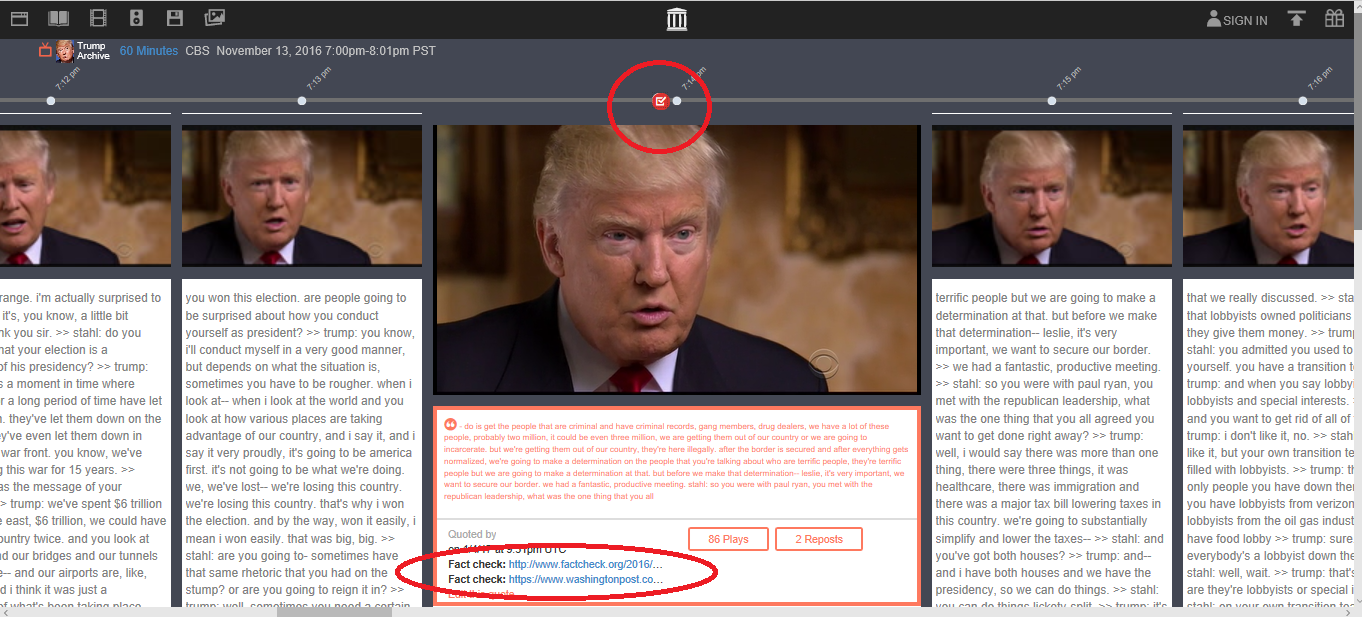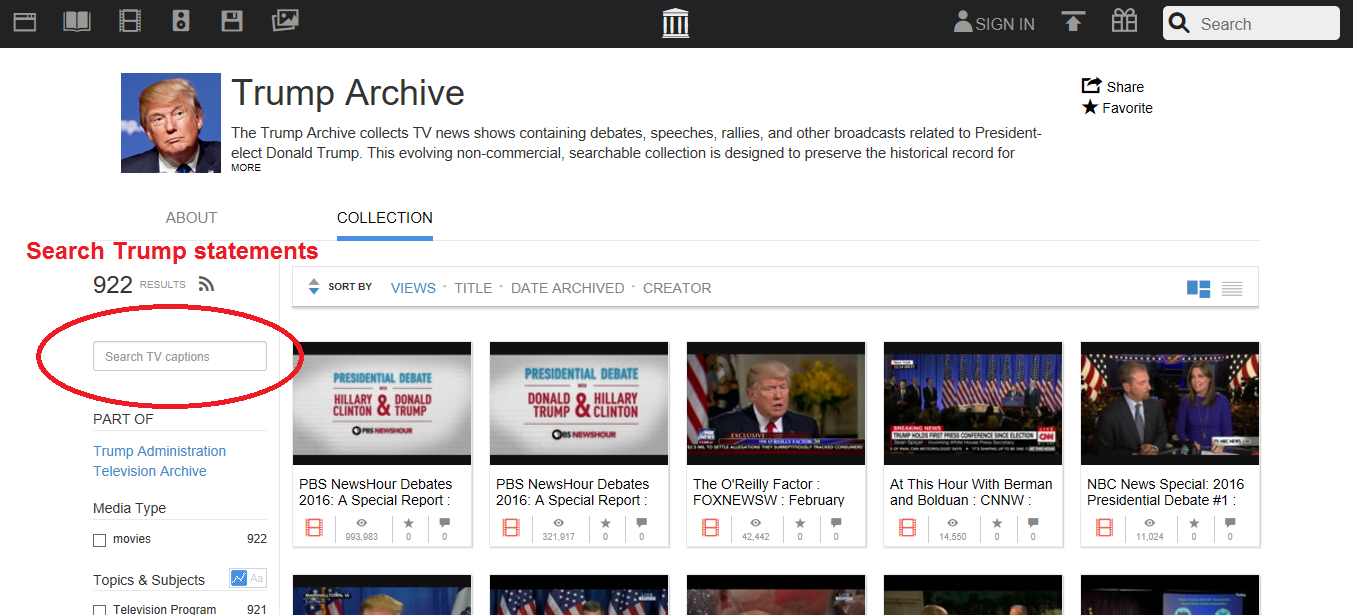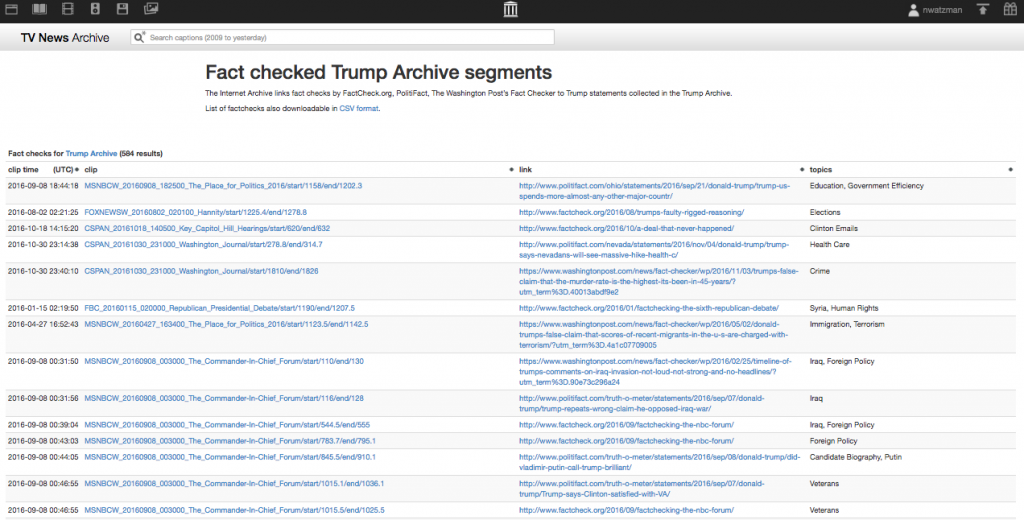By Katie Dahl
This week our round up of fact-checks of TV appearances by public officials includes: White House Press Secretary Sean Spicer’s claim that Hitler didn’t use chemical weapons on his own people; how President Donald Trump’s strategy on Syrian airstrikes varies from former President Barack Obama’s; the increased use by the U.S. Senate of the filibuster; whether NATO has been fighting terrorism; and the state of Social Security disability insurance.
Claim: Hitler didn’t use chemical weapons on his own people (pants on fire)
In a White House press briefing on Tuesday, April 11, White House Press Secretary Sean Spicer defended the U.S. airstrikes on Syria, saying, “someone as despicable as Hitler, who didn’t even sink to using chemical weapons.” Later in the same briefing, a reporter asked him to clarify his comment. He said, “I think when you come to sarin gas, there was no … he was not using the gas on his own people the same way that Assad is doing. I mean, there was clearly … there was not — in the — he brought them into the Holocaust center, I understand that.”
For PolitiFact, Jon Greenberg labeled the statement “pants on fire.” He reported that Hitler did use chemical weapons during World War II, “they pumped hydrogen cyanide gas into the killing rooms packed with Jews, Roma, and others singled out for extermination by Nazi leaders. At concentration camps such as Auschwitz, Mauthausen and Sachsenhausen, Jews were taken from cattle cars and forced into ‘showers,’ where guards released the gas.” Greenberg went on to write, “Spicer appears to be trying to limit his definition of chemical weapons to those dropped from planes or fired through cannons, as Assad has been alleged to have done. That sells short the definition in the Chemical Weapons Convention…” He also noted: “… Spicer’s qualification that Hitler didn’t use them on his “own people,” overlooks that German Jews were full citizens until they had their rights stripped away by Hitler’s totalitarian regime.”
At FactCheck.org, Robert Farley and Lori Robertson reported that the Nazis stockpiled chemical weapons: “[W]hile Hitler never employed them in battle, historians say that was largely for tactical reasons.” Farley and Robertson also detailed how Spicer’s comment inspired a series of online fake news reports, including several manufactured Spicer quotes.
Since the briefing, Spicer has apologized on CNN, Fox, and twice on MSNBC.
Claim: Obama’s proposed Syrian airstrike was different from Trump’s actual airstrike (false)
Asked by a reporter how the Syrian airstrike was different than the one former President Barack Obama proposed in 2013 after a chemical attack, Senate Majority Leader Mitch McConnell, R., Ky., said,“Secretary Kerry… said it would sort of be like a pinprick… this was a strike that was well-planned, well-executed, went right to the heart of the matter, which is using chemical weapons.” Sen. Marco Rubio, R., Fla., made a similar claim, saying Obama “had no clear objective.”
Robert Farley reported “what Obama proposed to Congress back in 2013 was very similar in scope to the attack on Syria undertaken by Trump. In a televised address, Obama called for ‘a targeted strike to achieve a clear objective: deterring the use of chemical weapons and degrading Assad’s capabilities.’”
Lauren Carroll reported for PolitiFact that there are plenty of similarities: “Both [Barack and Trump] describe sending a message to Assad that chemical weapons use is unacceptable. Both involve a targeted attack plan designed to degrade Assad’s chemical weapon capabilities by taking out related facilities and resources.”
Claim: there were more filibusters for Obama nominees than in all U.S. history (half true)
Asked about Democrats’ role in increasing use of filibusters, Sen. Ben Cardin, D., Md., said “We’ve seen more filibusters on judicial nominees by the Republicans under President Obama than we saw in the whole history of the United States Senate. Both sides have blame here.”
Allison Graves reported for PolitiFact: “[M]easuring filibusters is troublesome, experts say, because it has an overly broad meaning. Senators tend to consider any type of obstruction to scheduling a nomination or measure as a filibuster, said Steven Smith, a political scientist at Washington University in St. Louis.” According to the Congressional Research Service, Graves concluded “Cardin is off.” But Graves also wrote that Cardin has a point: “Less than one nominee per year was subject to a cloture filing in the 40 years before Obama took office. From 2009-13, the number of nominees subject to a cloture filing jumped to over seven per year.”
Claim: NATO didn’t fight terrorism, now it does (factually incorrect)
At a press conference on April 12 with NATO Secretary General Jens Stoltenberg, Trump said,”The secretary general and I had a productive conversation about what more NATO can do in the fight against terrorism. I complained about that a long time ago, and they made a change. Now they do fight terrorism. I said it was obsolete. It’s no longer obsolete.”
Michelle Ye Hee Lee reported that “NATO has been involved in counterterrorism since 1980, and especially since 9/11.”
Lauren Carroll wrote for PolitiFact that “the premise leading to Trump’s change of heart — the idea that he prompted NATO to start fighting terrorism — is false.” She described NATO’s involvement in fighting terrorism this way, “NATO has been actively dealing with terrorism since the 1980s. And since 9/11, it has played a significant role in the War on Terror, including deploying troops in Afghanistan for more than a decade.”
Claim: Social Security disability insurance grew under Obama, is wasteful (three Pinocchios)
Asked whether the president was “revising his thinking” on Medicare and Social Security, White House Budget Director Mick Mulvaney said, “Let me ask you a question: Do you really think that Social Security disability insurance is part of what people think of when they think of Social Security? I don’t think so. It’s the fastest growing program. It grew tremendously under President Obama. It’s a very wasteful program and we want to try and fix that.”
For The Washington Post’s Fact Checker, Lee reported that pointing to the growth in Social Security disability insurance under Obama is “misleading.” She noted, “The program did grow since 1996, but a lot of that had to do with the shifting demographics of Americans who rely on the program.” She also reported that it’s a “stretch” to call the program wasteful: “overpayments represented less than 1 percent of total disability outlays [from 2011 to 2015].”
To receive the TV News Archive’s email newsletter, subscribe here.








